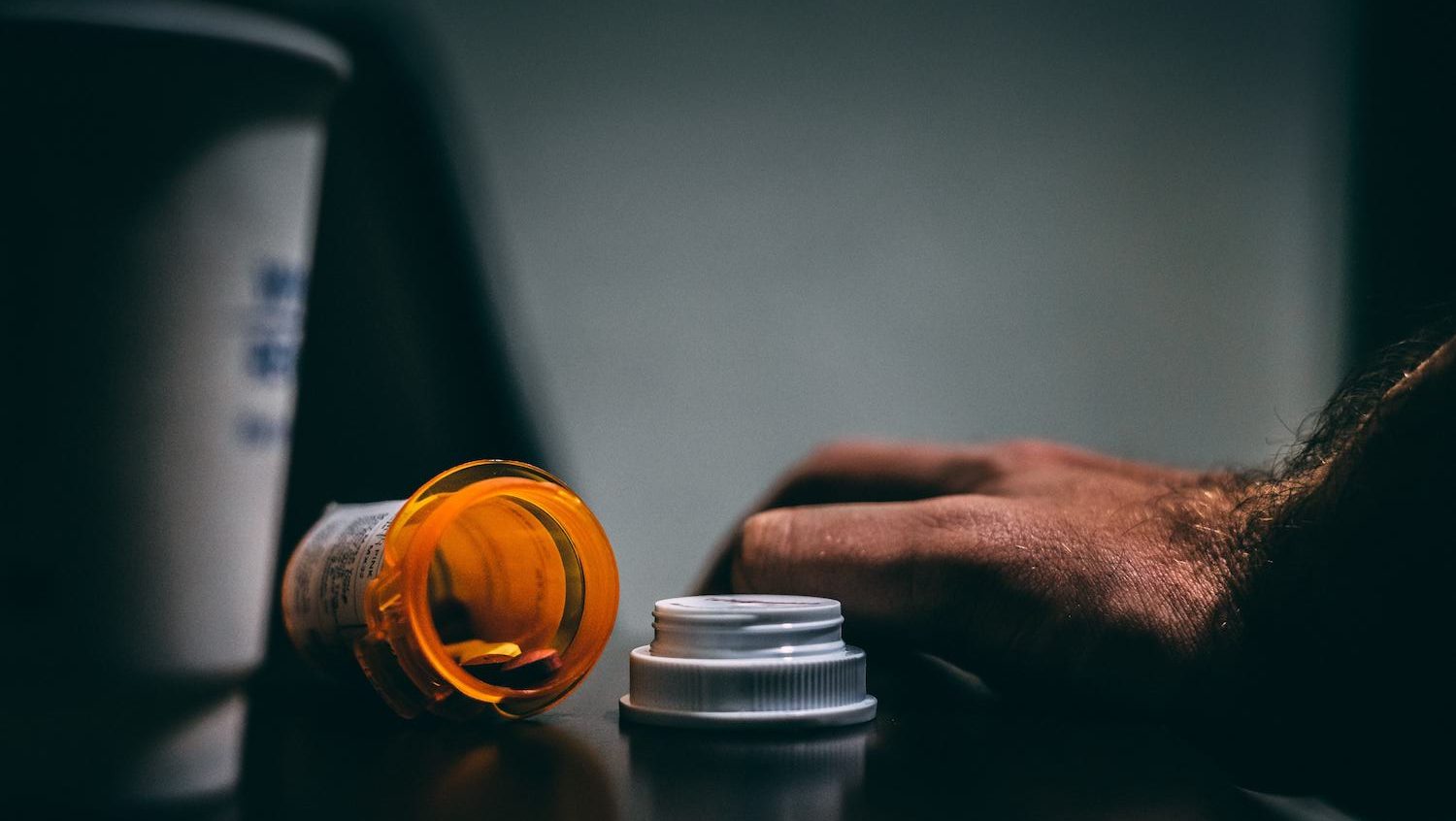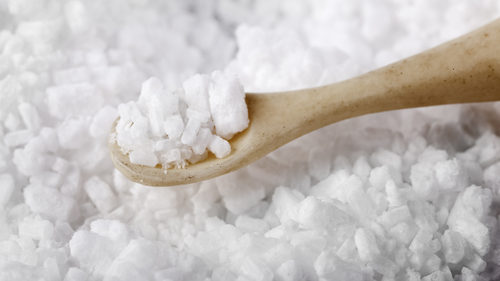As noted by the federal government, the term drug paraphernalia refers to any equipment and/ or accessory that is used for making, concealing, and/ or consuming illicit drugs. The types of drug paraphernalia present will vary as different accouterments are used with different substances. The United States Drug Enforcement Administration (DEA) enforce the Controlled Substance Act, which states that it is illegal, on the federal level, to sell drug paraphernalia, to mail or “any other facility of interstate commerce to transport drug paraphernalia” and/ or to export or import drug paraphernalia. There are a myriad of illegal substances available in America, and while there may be some overlap, each substance utilizes specific kinds of paraphernalia. Furthermore, it is important to note that it is not uncommon for some everyday objects to be used as drug paraphernalia.
Drugs and Specific Paraphernalia
Individuals may become creative in repurposing items to conceal their drugs. Certain items such as pill bottles, gum wrappers, felt-tip markers, lipstick dispensers, and/ or cigarette packages can serve as adequate containers for substances (depending on the type of drug) that would provide a location for illicit substances to be hidden in plain sight.
Marijuana
Marijuana is a substance that is derived from the hemp plant and typically comes in the form of a mixture of the plants dried leaves, stems, flowers and seeds. Examples of the types of drug paraphernalia that is commonly found in connection to marijuana use include the following:
- Pipes made from any of the following material: metal, acrylic, glass, stone, wooden, plastic, ceramic
- Rolling papers: to roll joints (marijuana cigarettes)
- Bongs: water pipes used as a filtration devise to smoke marijuana
- Roach clips: a holder used for a marijuana cigarette
- Cigars: used to make blunts (emptied out and filled with marijuana or a mixture of the cigar contents and marijuana)
- Grinders: used to grind up the dried plant particles prior to smoking
- E-cigarettes: used to smoke marijuana concentrates
Cocaine
Cocaine is an addictive and potent stimulant that can be ingested via the nasal cavity (snorting), inhaled (smoking), or intravenously (injected). Some commonly relied upon paraphernalia in relation to cocaine use include, but are not limited to, the following examples:
- Razor blades: used to break up the white powder and divide, or cut, it into lines to snort
- Small mirrors: used as a flat surface with which to cut the lines of cocaine
- Tiny spoons: used to snort the cocaine
- Straws or rolled up paper: used to create a tube to snort the cocaine through
Inhalants
Inhalants are the vapors from toxic substances that are inhaled by the user and produce a chemical reaction in one’s body akin to the effects of anesthetics. Some of the commonly used drug paraphernalia connected to inhalants include the following examples:
- Aerosol cans
- Rags for sniffing
- Tubes of glue
- Nozzles
- Balloons
- Bottles emitting chemical odors
Heroin
Heroin is a highly addictive opioid drug. It can be ingested in several different ways including smoking, snorting, and/ or intravenously (injecting). The type of drug paraphernalia will differ based on the method of ingestion. Some examples of heroin paraphernalia include the following items:
- Tin foil
- Pipes
- Needles
- Small spoon or bottle caps
- Cotton balls
- Rubber hose or shoelace
- Lighter
- Straw
- Rolling papers
MDMA/ Molly/ Ecstasy
MDMA, also known as Molly or ecstasy, is a synthetic drug similar to both hallucinogens and stimulants. It is typically swallowed or snorted. Some commonly found paraphernalia items in association with MDMA use include the following examples:
- Bags of candy to conceal pills
- Glow sticks
- Surgical masks
- Pacifiers and/ or lollipops to help prevent jaw clenching and/ or teeth grinding
There are also certain items that are commonly found when attempting to conceal one’s drug use. Examples of these items can include: eye drops, mouthwash, mints, breath sprays, sunglasses, perfume and/ or cologne, and gum. There are many accouterments relied upon surrounding illicit substance use.
For Information and Support
If you are concerned for yourself or a loved one in regards to substance abuse and/ or addiction we recommend reaching out for help as soon as possible. If left untreated, substance abuse can result in long lasting and potentially life-threatening consequences. Keep in mind: you are not alone! There is an entire network of professionals that are available to help and support you and your loved one throughout the recovery process. The earlier you seek support, the sooner your loved one can return to a happy, healthy, and fulfilling life.
Please do not hesitate to reach out with any questions regarding our specific program at Haven House Addiction Treatment and/ or general substance abuse and/ or addiction treatment related information. Our highly trained staff is readily available to discuss how we might best be able to help you and your loved one.



